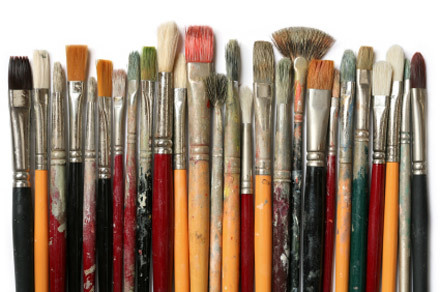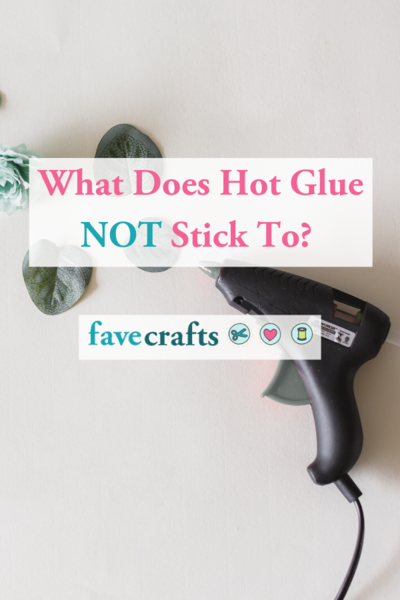Beginner's Guide to Acrylic Painting

There are so many wonderful projects you can make as an acrylic painter and with a little practice you can master decorative strokes that will take your painting to new levels in no time at all. Acrylic paint is the easiest type of paint to do as its quick drying, but still allows you to easily shade, highlight, and basecoat. Shading is adding shadow to an element while highlighting allows you to add light; basecoating is simply the painting done to fill in areas on a project.

There are many brands of acrylic paint on the market so you may want to experiment with several brands until you find the one you like best. No matter what company makes your acrylic paint, colors will blend and work well together. The most basic colors of paint you’ll need are white, black, burnt umber (the most often used shading color), yellow, red, and blue. You can mix just about any color with these basics and add colors you need for projects as you go along.

Painting projects will usually include a list of paint colors used, brushes used, and a pattern. You can use transfer paper to copy the pattern onto your surface or free draw lightly with pencil. Acrylic paint bonds well with most porous surfaces. If you are trying to paint on a non-porous surface you’ll need to prep the surface using by a light sanding called “giving the surface teeth) or ability to bond with the surface. There are also special acrylic paints for painting on glass or metal. You’ll also find outdoor quality acrylic paint for any surfaces you want to place outside.

There are two kinds of brushes used in acrylic painting; rounds and flats. The sizes vary and are denoted by numbers like 00, 6, or 24. The larger the brush number, the larger the brush head. Rounds are used for decorative work including lettering, line detail, and flourishes. Flats are used for basecoating, shading, and highlighting. You can find paint brush tips here. Another tool you’ll find helpful is called a stylus, which is a tool with a metal head used for accenting and dotting.
As mentioned before, you can paint on just about any surface; some surfaces require little or no prep while others can require some sanding or medium to the surface. Click here to see how to prep for painting on metal. A medium is any kind of liquid or solution used in painting like gesso, fabric, candle, or antiquing mediums. Sealers and finishes are considered mediums too. Sealers and finished are used to protect the finished projects. You can brush on a sealer or spray on a finish. Sealers and finishes come clear or matte. Clear has a shine to it while matte is a protective coat that is dull without shine.
Here are some great beginner projects for acrylic painting:
Be Merry Frame from DecoArt: Just in time for the holidays this frame is great for a home decoration or to make as a gift. Creating this painted, holiday photo frame is child's play with a few paints.
Home For The Birds by DecoArt: Birdhouses are always a popular deco item inside or outside the home. This warm colored cottage for the birdies is easy, but fun.
Jolly Roger Treasure Box: Ahoy all ye pirates! This delightful box is fun to make and a perfect party favor or gift. Combine painting and transfers.
Butterfly Tray by Chris Thornton-Deason for Delta Creative: Using the lovely colors of spring and bold colors of summer, this butterfly tray is a quick and easy painting project. Add it to your spring kitchen decor or give it as a gift to a friend to celebrate the season.
Family Sign: Challenge yourself with this lovely hand painted "family" sign. Give it as a gift or use this as great way to keep track of keys and coats.
Read NextHow to Seal Glitter
















